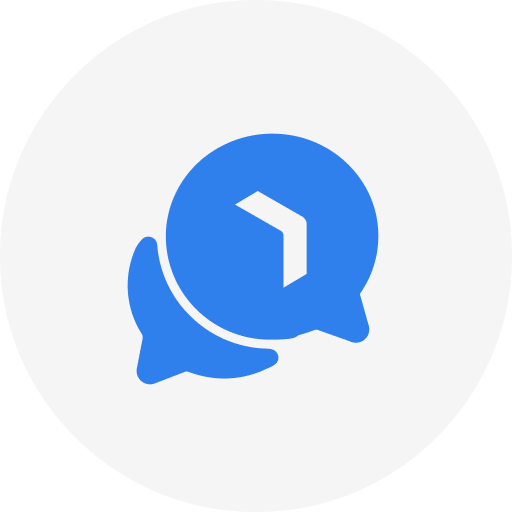Schedule adherence is one of the most important performance metrics in contact centers. Even so, it’s perhaps one of the least understood, mainly because there are few absolutes associated with it.
Why? Because it deals with human behavior - humans working within their particular organization’s practices/processes framework. You can ask, “What’s the standard adherence goal for my industry?” But here’s the truth: there isn’t one. Every organization — and every team within that organization — operates differently.
The main driver behind those differences? Shrinkage and how it’s measured.
Shrinkage: The Hidden Variable
Shrinkage refers to the time agents are scheduled to field calls but aren't available for a number of reasons - meetings, admin tasks, coaching sessions, unscheduled breaks and more. It’s also a metric managers can use as part of evaluating agent performance, and that carries risks.
For instance, the nature and frequency of off-phone activities vary widely.
Ask yourself:
- Are your agents expected to summarize calls, complete callbacks or do paperwork while also fielding calls?
- Are they being pulled away for meetings, such as one-on-ones with supervisors?
If your agent is doing something important and required, but you haven’t factored that into your adherence tracking, you’re not measuring performance accurately. Worse, you could be penalizing agents for doing exactly what they’re supposed to do.
Setting Realistic Adherence Goals
Here’s the standard shrinkage calculation:
(Average time spent on off-phone activities ÷ Total scheduled time) = Shrinkage percentage
Let’s say your goal is 92% adherence, but due to the nature of your workplace, agents average closer to 89%. You’ve unintentionally created a target that’s unachievable — and that’s demotivating.
Here are three ways to address that:
- Schedule off-phone activities explicitly into the calendar when possible.
- Mark off-phone activities as “in adherence” in your tracking system.
- Build a buffer into your adherence goal by calculating the average shrinkage and adjusting your targets accordingly.
Don’t Forget the Human Element
Even the most sophisticated WFM software can’t account for all of life’s unpredictability. An agent might get a long call right before a break, run into a supervisor in the hallway, or need an unplanned restroom break. These events don’t indicate poor performance — they’re just part of being human.
That’s why nobody should expect 100% adherence. The real question is: What’s typical, what’s tolerable, and what’s fair for your specific team?
The answer varies. Teams with shorter average handle times (AHT) may recover quickly from schedule adherence hiccups. But if AHT is 15–20 minutes, a call taken just five minutes before break can throw off the entire schedule.
The takeaway? Build flexibility into your goals. Avoid making agents feel like they have to rush calls to stay on time — it hurts both morale and the customer experience.
Demystifying the Math
If an agent is scheduled for 8.5 hours (including breaks and lunch) and your adherence goal is 95%, that allows for up to 25.5 minutes of non-adherence. That allowance will vary depending on the length of the shift. Understanding this helps supervisors better set out-of-adherence thresholds, interpret performance and avoid unfairly flagging issues.
Every WFM tool calculates adherence a bit differently, so it’s crucial to know how your specific platform defines it. Train your managers thoroughly, because a lack of understanding on their part undermines credibility and erodes trust with your agents.
Start Smart: Silent Tracking
Launching an adherence-tracking program can be intimidating – for managers and agents - so you might want to start it silently, behind the scenes. Begin tracking adherence without telling agents or setting goals. Analyze the data, identify your top performers, and calculate their average adherence.
From there, you can:
- Compare it to the team average
- Set a goal that sits between the two
- Gradually raise it as performance improves
Make sure your entire leadership team is aligned before you roll it out to agents. Inconsistencies or a lack of understanding from managers can derail your credibility — and you only get one shot at that.
Getting Buy-In from Agents
Agents often perceive adherence as a surveillance tool rather than a performance tool. That circumstance arises when no one explains its purpose, so be transparent and explain its justification:
- Better adherence = Better forecasting
- Better forecasting = Better staffing
- Better staffing = Less stress, faster service, and happier customers
Consider gamification to make the rollout more engaging. Small incentives — public acknowledgement, leaderboards, even a prime parking spot — can turn adherence from a punishment into a challenge.
Once adherence becomes a metric, you may see new behaviors:
- So-called “100% ers” might end calls early or dodge queues just to hit a perfect score.
- “Strategists” may use their calculated non-adherence buffer for extra break time.
These behaviors aren’t always malicious, but they need to be coached. Ironically, your star agents might challenge your system the most. If they miss 100% due to legitimate work (like handling a long call or a callback), they may ask for exceptions. And if they get exceptions everyone will expect them. Be prepared with clear policies — and apply them consistently to everyone.
Final Thoughts
Adherence is a tool, not a verdict. It works best when combined with other metrics like CSAT, AHT, and quality scores. When implemented thoughtfully, it supports better planning, smoother operations, and happier agents.
- Set realistic goals that reflect your team’s reality.
- Align leadership before rollout.
- Communicate clearly and use adherence as a supportive metric, not a punitive one.
Done right, adherence can improve customer outcomes — and make your contact center a better place to work.


